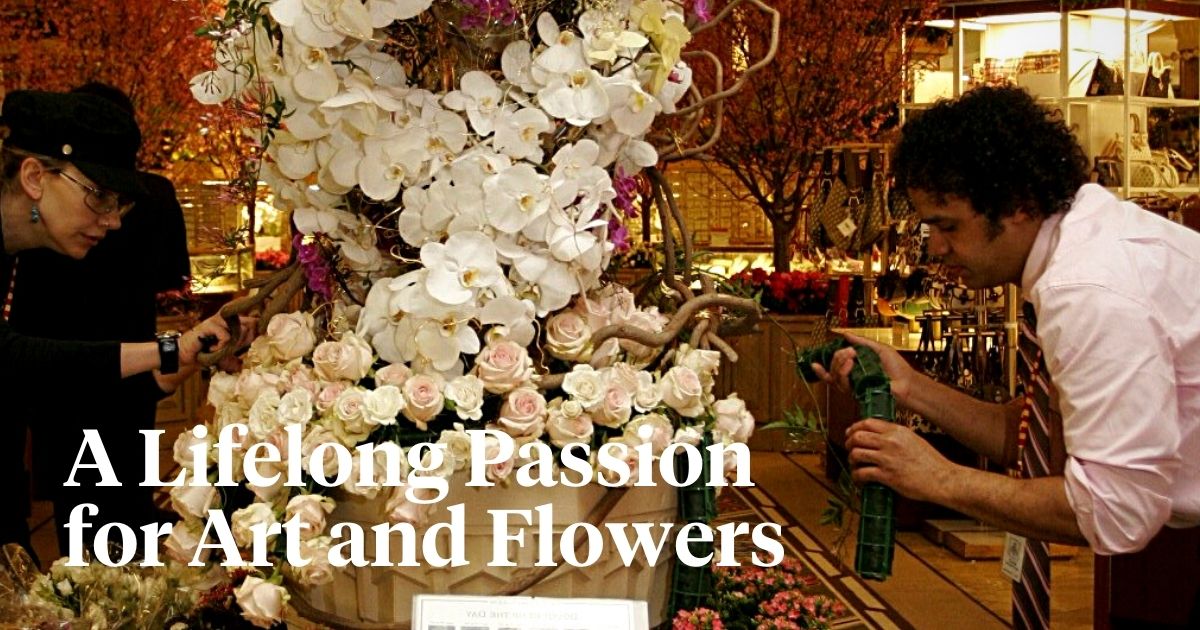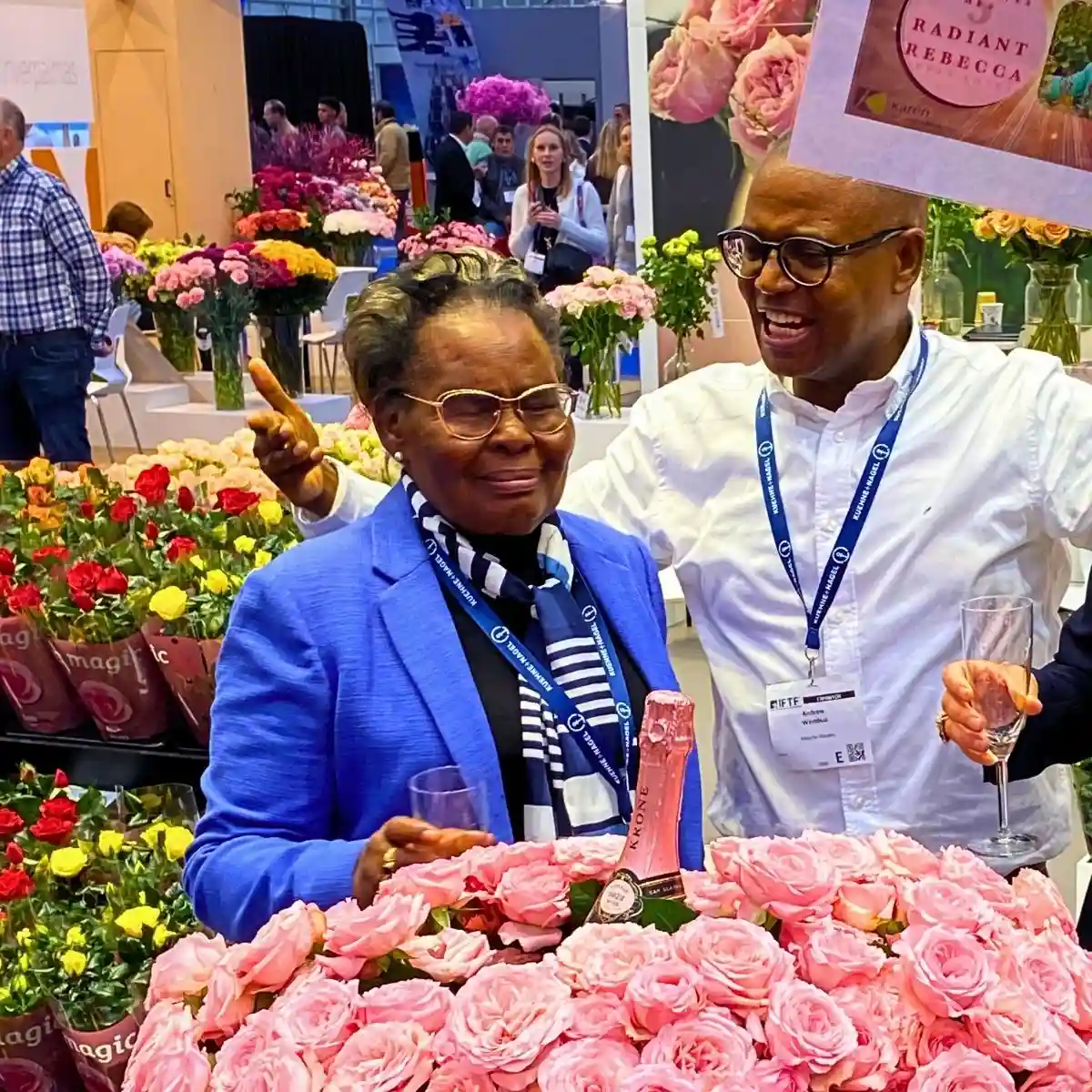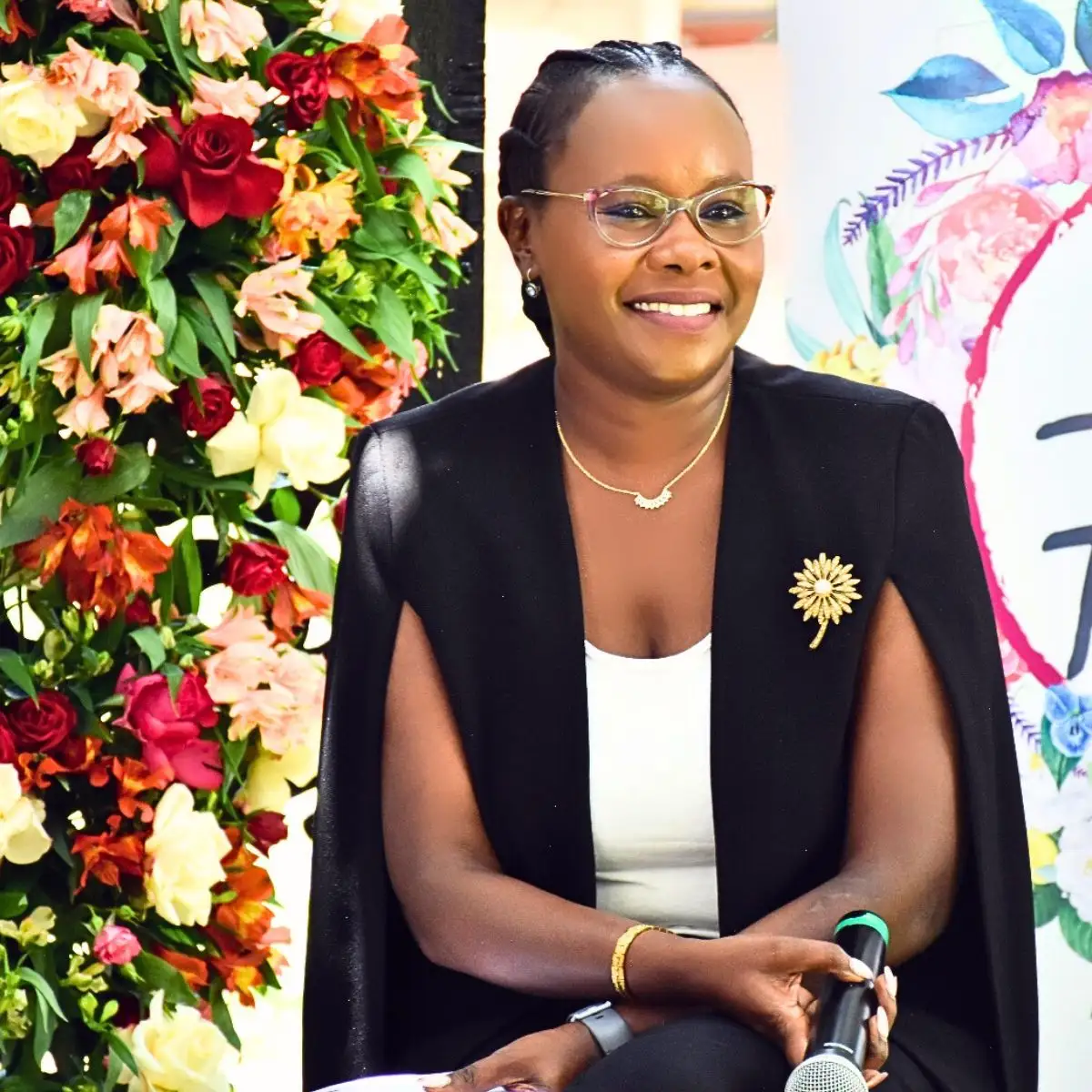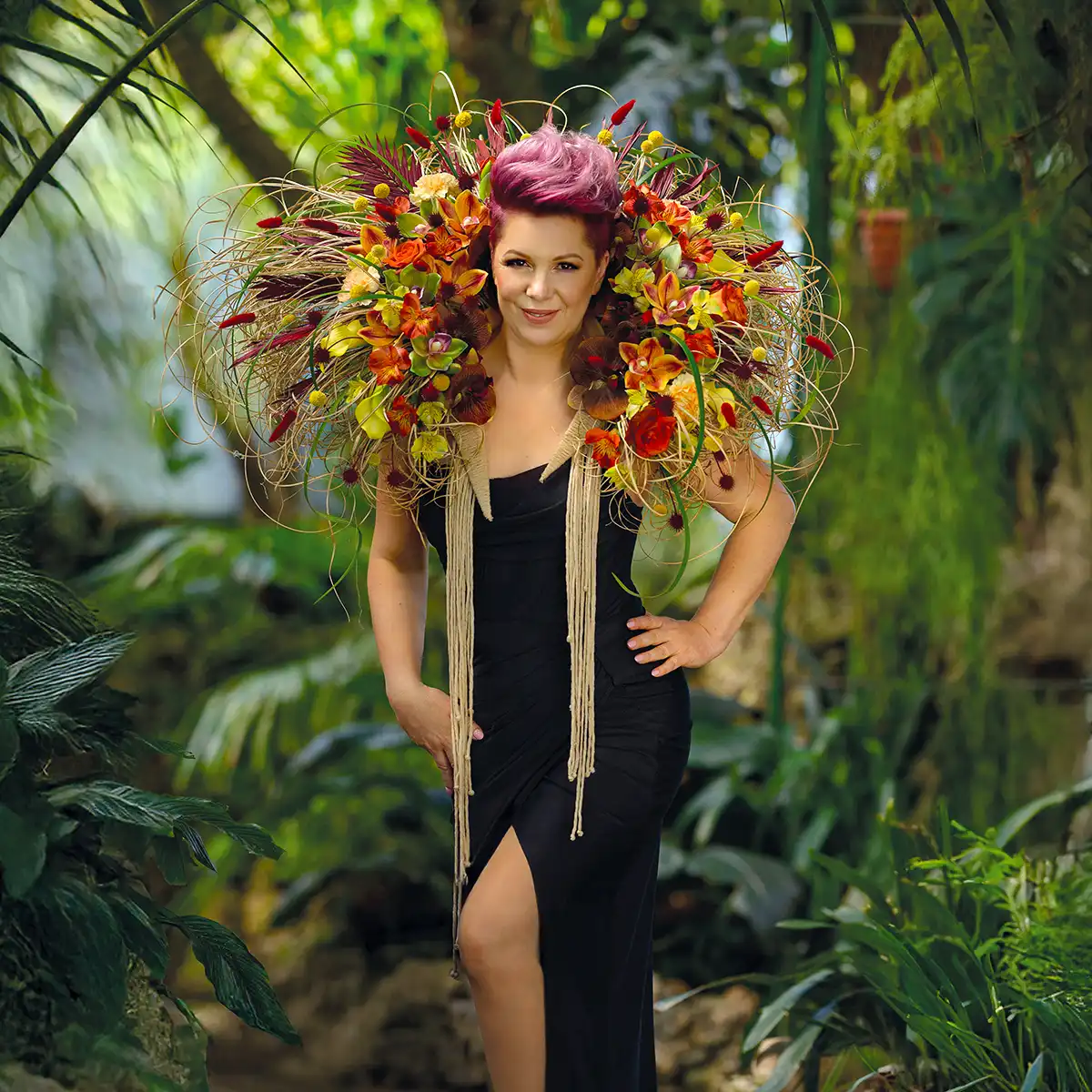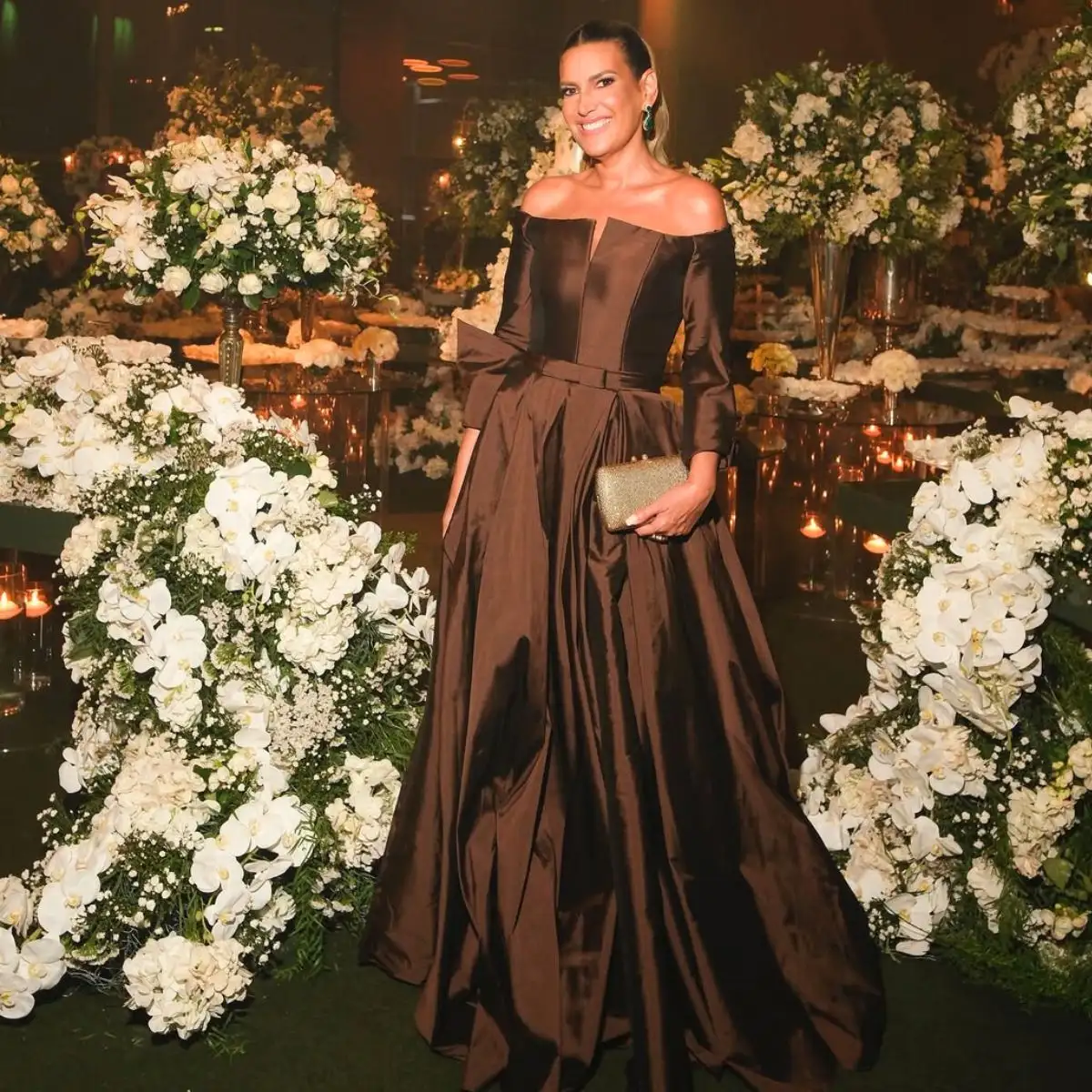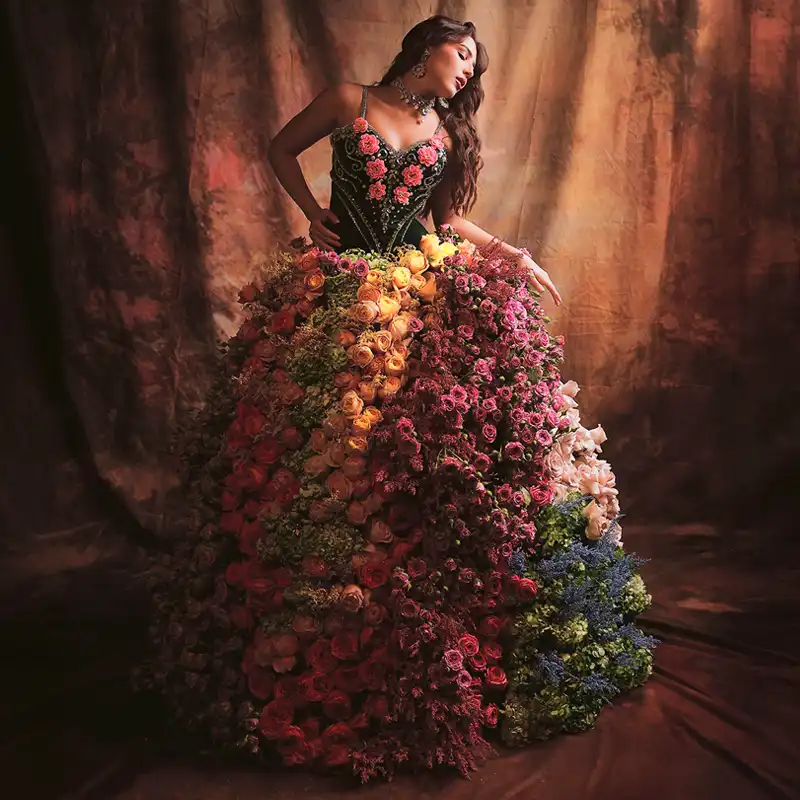This edition of 10 Questions takes us through the life of James François-Pijuan, a native of New York City, with a lifelong passion for art, and flowers. Over the years, James has worked on different flower and floral design projects showcasing the beauty of flowers in all its elements.
He strives to showcase the industry's resilience and is, even, in the process of registering his home district as a Historic District which is rich in floral heritage. James talks about his life, how he got into the flower industry, and all that he does to ensure the sustainability of the flower industry in New York and beyond.
Question 1
For those who don’t know you, who are you and what do you do?
"I'm James François-Pijuan, a New York City native with a lifelong passion for art, nurtured by my immigrant Dominican family. Growing up amidst the challenges of the 1970s and 1980s in the Bronx, art became my escape. After attending The High School of Art & Design and earning my BFA degree with a minor in teaching from Parson College of Design, I initially found myself working in a Native American Gallery.
My journey took an unexpected turn when I transitioned to working as a bellman at the Waldorf Astoria Hotel, where my evenings were spent collecting flowers and creating arrangements for my then-girlfriend, now wife. This sparked my interest in floral design, leading me to approach catering managers with my portfolio. I secured opportunities to showcase my skills at iconic New York City locations, such as the Met Opera House.
With no formal training, I learned the craft by observing wholesale companies after hours and collaborating with high-profile designers during event installations. Over a decade of working odd jobs and honing my skills, I gained a profound understanding of time management, interpersonal dynamics, and the intricate workings of the floral industry.
Observing the decline of the floral district due to a lack of unity, I acted by creating the NYC Historic Floral District directory. Additionally, I organized a block party to showcase our industry's resilience and attempted to register our district as a Historic District, though I faced challenges from city authorities.
Recognizing the potential impact of a museum, I've championed the idea of revitalizing the floral district, preserving its heritage, and serving as a hub for designers, wholesale and retail companies, and residents who overwhelmingly support this initiative."
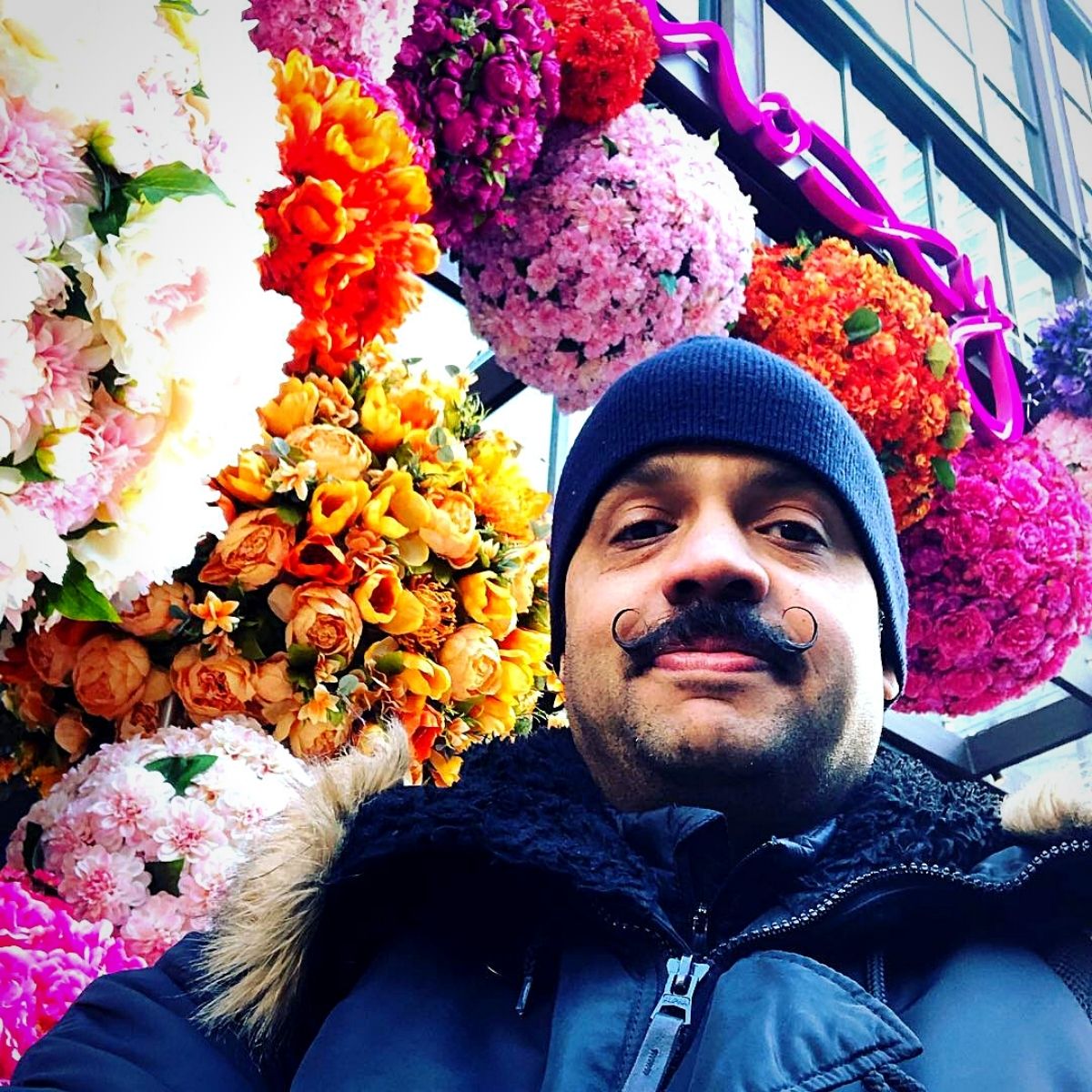
Question 2
What is so special about your job?
"Before I jumped into the role of representing my fellow folks in the floral industry, it became clear that we were all sharing the same ups and downs. Waiting around for change or hoping someone else would champion the cause just wasn't cutting it for me.
Now, even before all this, I've always had a thing for history, especially the rich tapestry of New York City's past and present woven together. I dived into researching my wife's family roots in the city, and it opened up this amazing vault of historical gems. This same thirst for knowledge kicked in when I created the floral district directory – trust me, it took countless hours to gather all that info.
As I delved into the industry's history, what blew my mind was realizing that over 150 years ago, florists were creating jaw-dropping designs and flower shows that put us to shame. The descendants of those industry pioneers, from flower farmers to florists, still have these incredible stories that need to be told. So, the decision to set up a museum wasn't a tough one at all.
This journey isn't just about a job; it's a deep dive into the roots of the floral industry. It's about honoring the creativity and resilience that shaped us for generations. The museum isn't just a project; it's a tribute to the past, a bridge to the present, and a roadmap for a thriving future for the floral district."
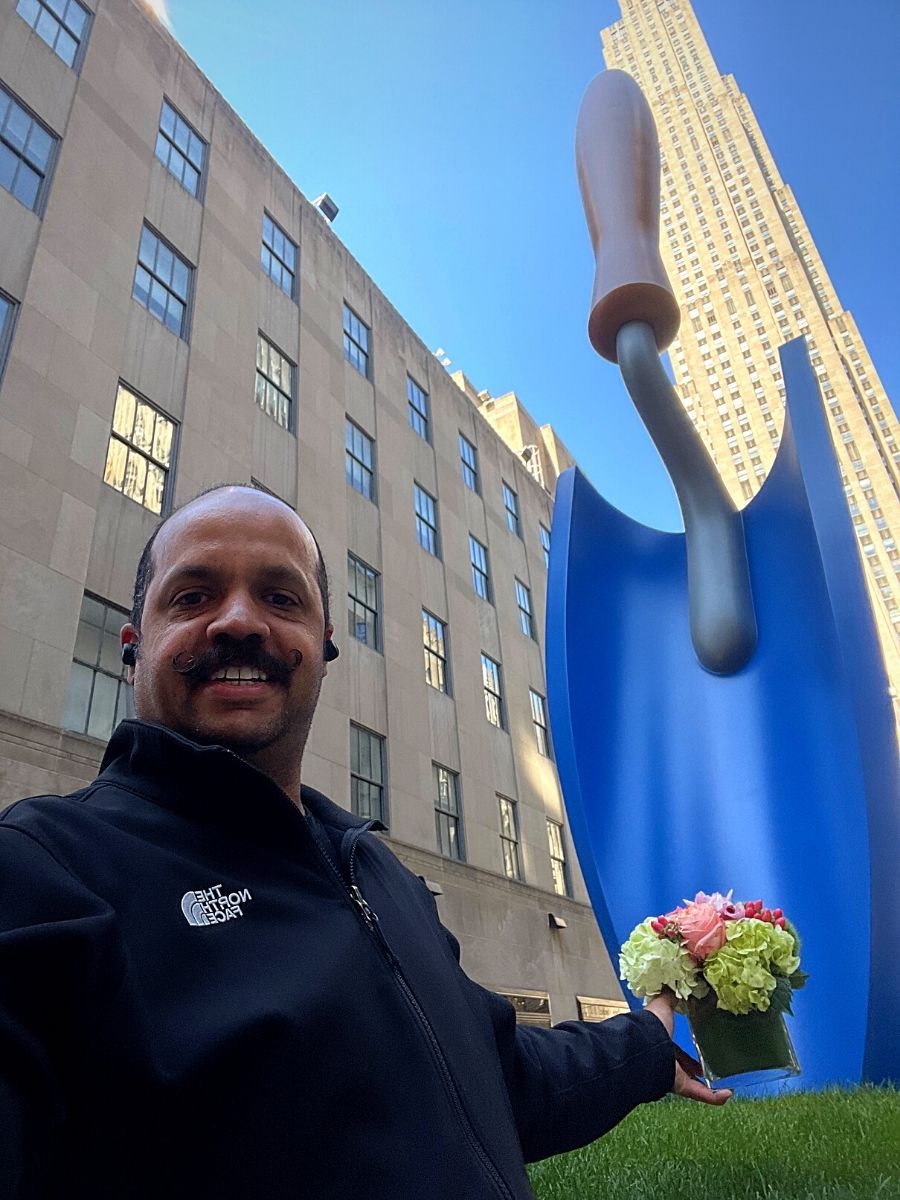
Question 3
Are there any specific challenges or obstacles you’ve faced in your job, and how did you overcome them?
"Oh, the challenges in this job, let me tell you! One of the big ones that initially had me scratching my head was getting support for the museum idea. I wondered, will the community back this up? Turns out, they not only supported it but rallied behind me. It was a huge relief to discover that when I voiced my concerns, it resonated with others facing the same fears.
Representing this community, filled with incredible talents and hearts, became more than just a task. When I set aside my ego and pride and focused on lifting others, everything changed. Appreciating each individual's unique contribution and beautiful stories made me want to showcase their art to the world. Seeing their work was not just amazing but incredibly enriching.
I realized we're not just florists; we're artists, visionaries, and prophets. So, despite personal differences, there's this need to value and respect each other. Even if we don't particularly like someone, acknowledging that we're all sailing in the same boat became crucial. There's so much opportunity for all of us, and realizing that we're not alone but a living, breathing body of creativity is simply awesome!"
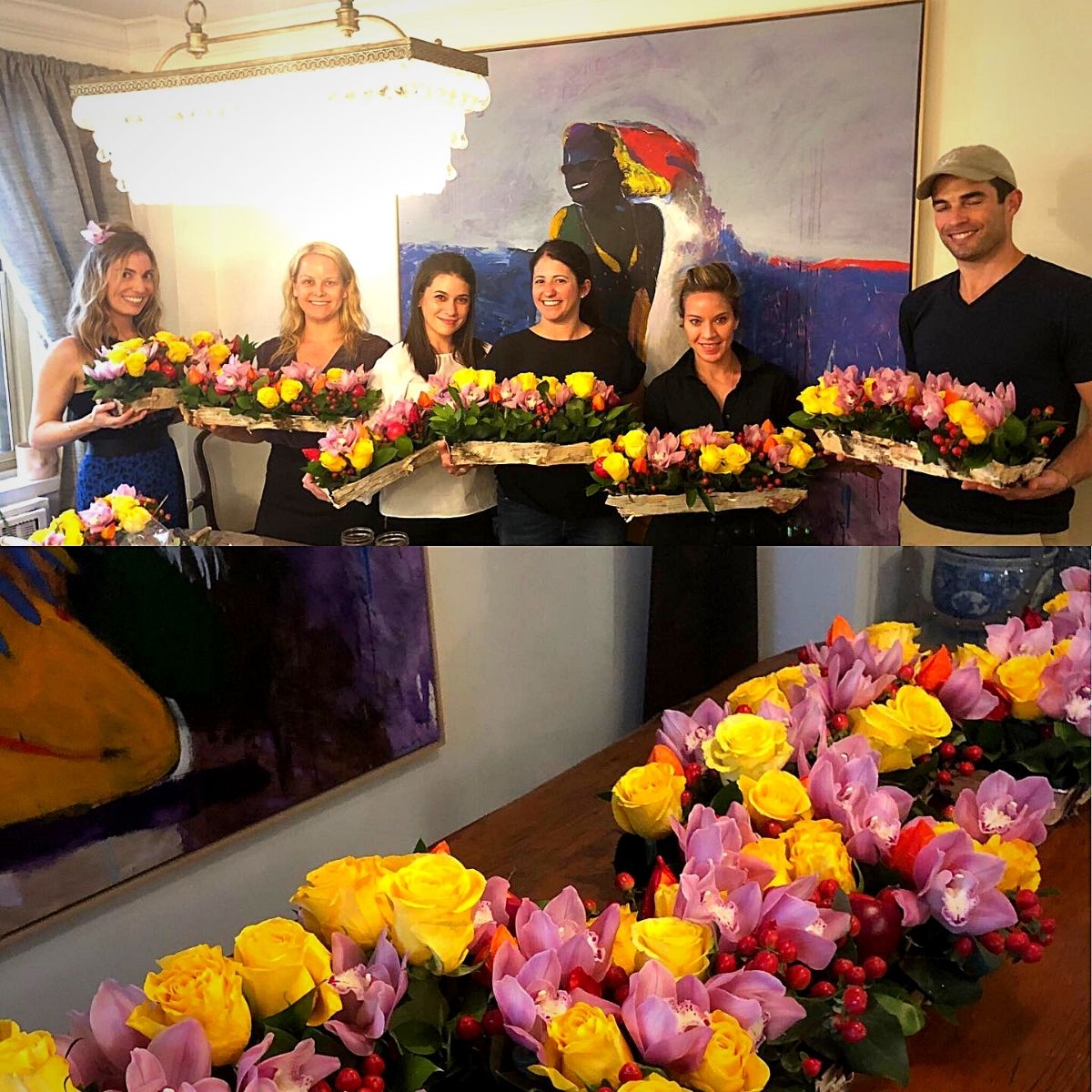
Question 4
What are the threats in the industry, and if so, do you have any solutions for them?
"The most significant threat to our industry is us. It might sound strange but let me explain. The key issue lies in our silence. We need to be vocal, actively seeking and implementing solutions, and uniting the industry to support each other is crucial. Here's the deal – the event industry is the second-largest contributor to global landfills, right after construction.
So, what can we, as floral designers, do about it? Well, my voice won't make much of an impact if I'm just grumbling on my own. The real game-changer is gathering the community to demand change collectively.
The challenge we face today is bringing the community together to become one powerful voice. Once we crack that, there's nothing we can't achieve. Looking back, the growers and wholesale companies from the past understood the strength in unity, and it allowed them to accomplish remarkable things. So, the solution lies in realizing that by acting as a force of unity, we can overcome the challenges and make positive changes for our industry."
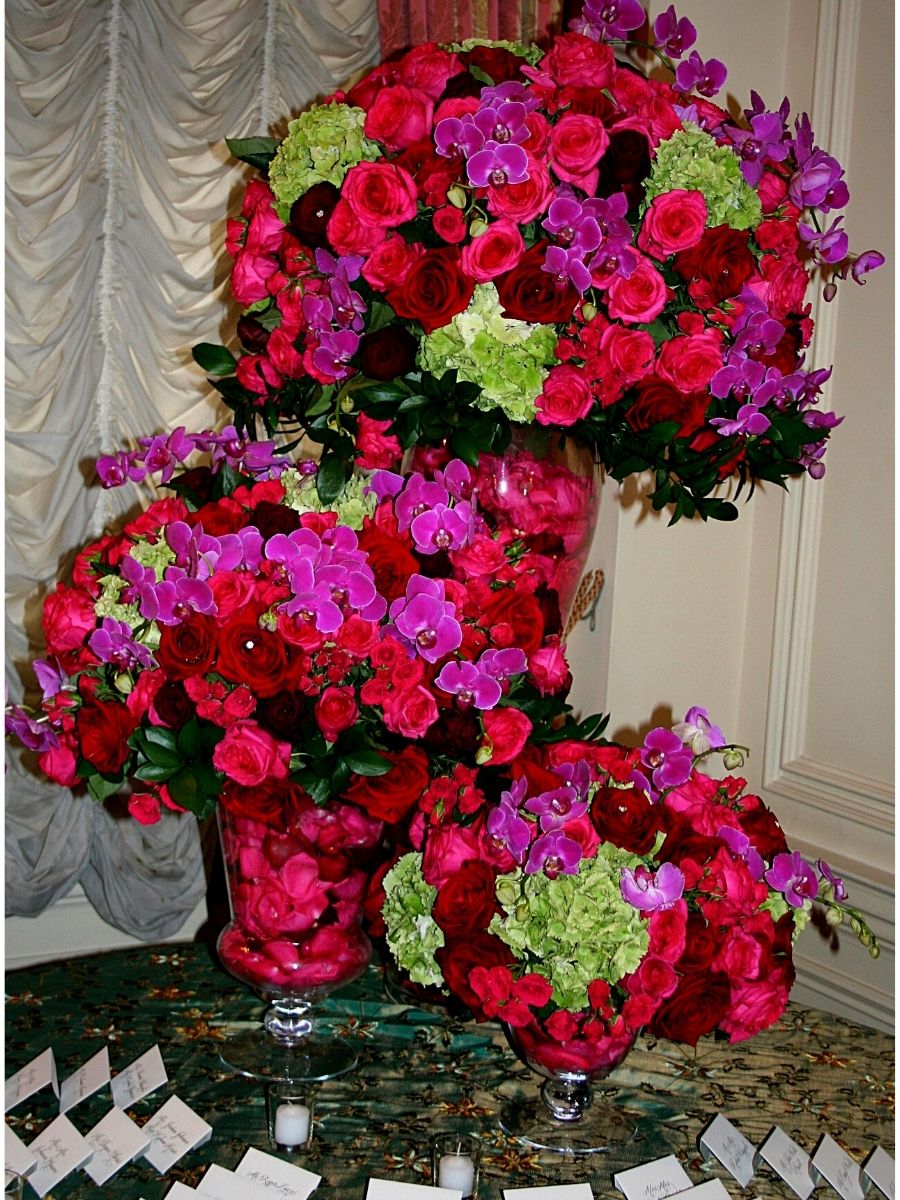
Question 5:
How has technology like e-commerce platforms or digital marketing affected your industry, which strategies have you employed to stay competitive?
"New technology will only impact your business if you have done these 3 things: Firstly, it is all about listening to our clients. It's surprising what insights you can gain just by paying attention to what they say. We've implemented tests out in the field with various campaigns, keenly observing how people react. This direct feedback loop has been invaluable in refining our approach.
Secondly, consistency is key. Not spamming our clients, but maintaining a regular presence, like a friendly hello or a subtle reminder of our existence and what we offer. We aim to give them something to chew on in their minds about our products and how they could positively impact their lives.
Lastly, and perhaps most importantly, it's about being genuine with our cause and mission. In the digital age, authenticity shines through. When clients see that our actions align with our values, it establishes a connection that goes beyond mere transactions.
So, in navigating these new technological times, these three principles - listening, consistency, and authenticity - have become our guiding lights in staying competitive and relevant in the floral industry."
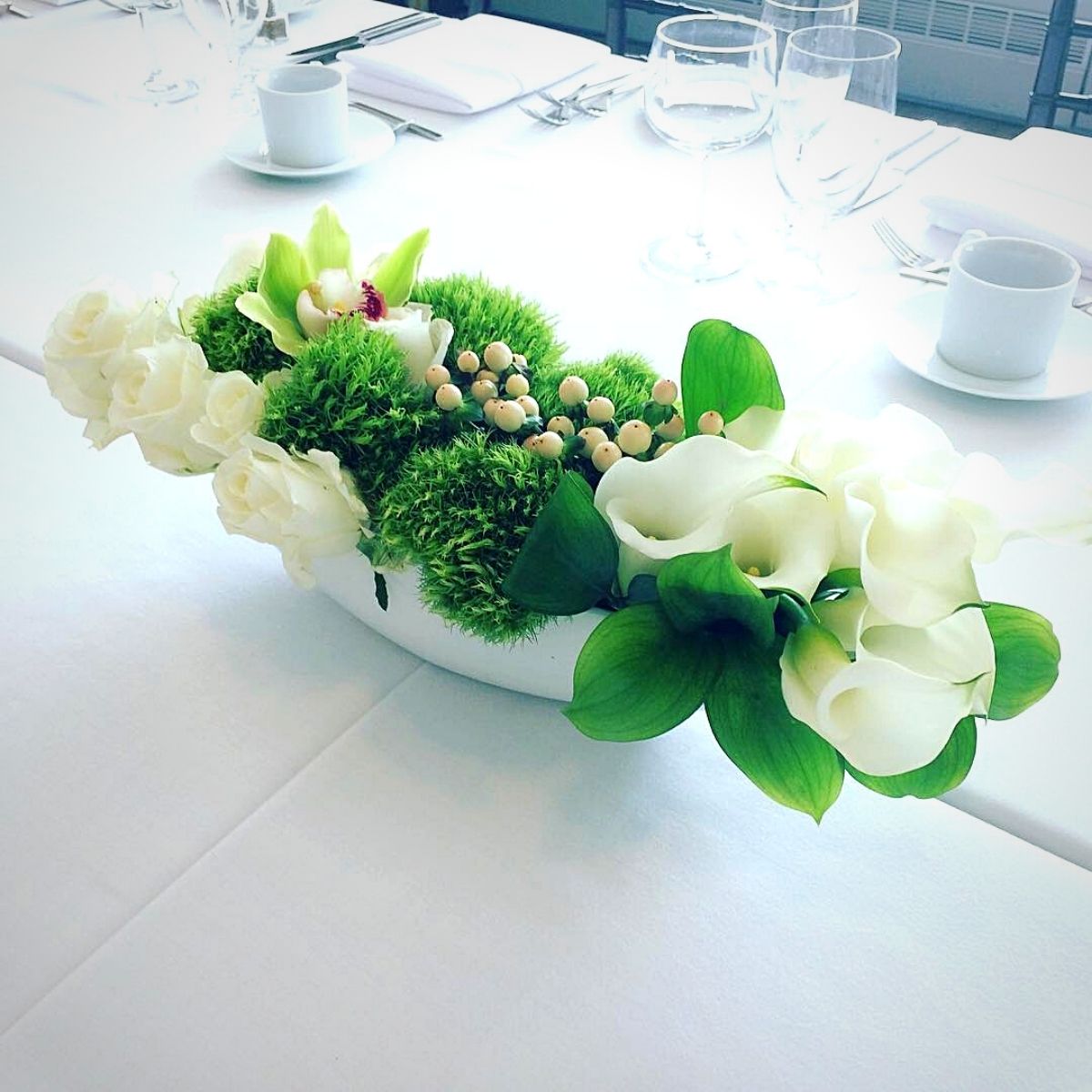
Question 6
Who (in or outside the floral industry) is an inspiring example to you? And Why?
"Throughout different stages of my life, my role models have shifted, each leaving a profound impact. In the early days, it was my father who migrated to New York with just a high school education and managed to build a successful dry-cleaning business from scratch. His emphasis on cultivating strong client relationships and going the extra mile for them greatly influenced my approach.
More recently, during the pandemic, my inspiration came from florists and growers from 175 years ago. One standout figure was Charles Thorley, a New Yorker who started his first florist shop at the age of 17. His meticulous attention to detail, respect for clients, and extraordinary generosity with flowers set him apart. By the age of 50, his shop and home were known as the House of Flowers, located in the exact spot where the Times Square building stands today.
Thorley's clientele included the likes of the Chase Morgan family, among others, making him an enduring symbol of success in the floral industry. The stories of such trailblazers continue to motivate me as I navigate the challenges and opportunities in the ever-evolving floral landscape."
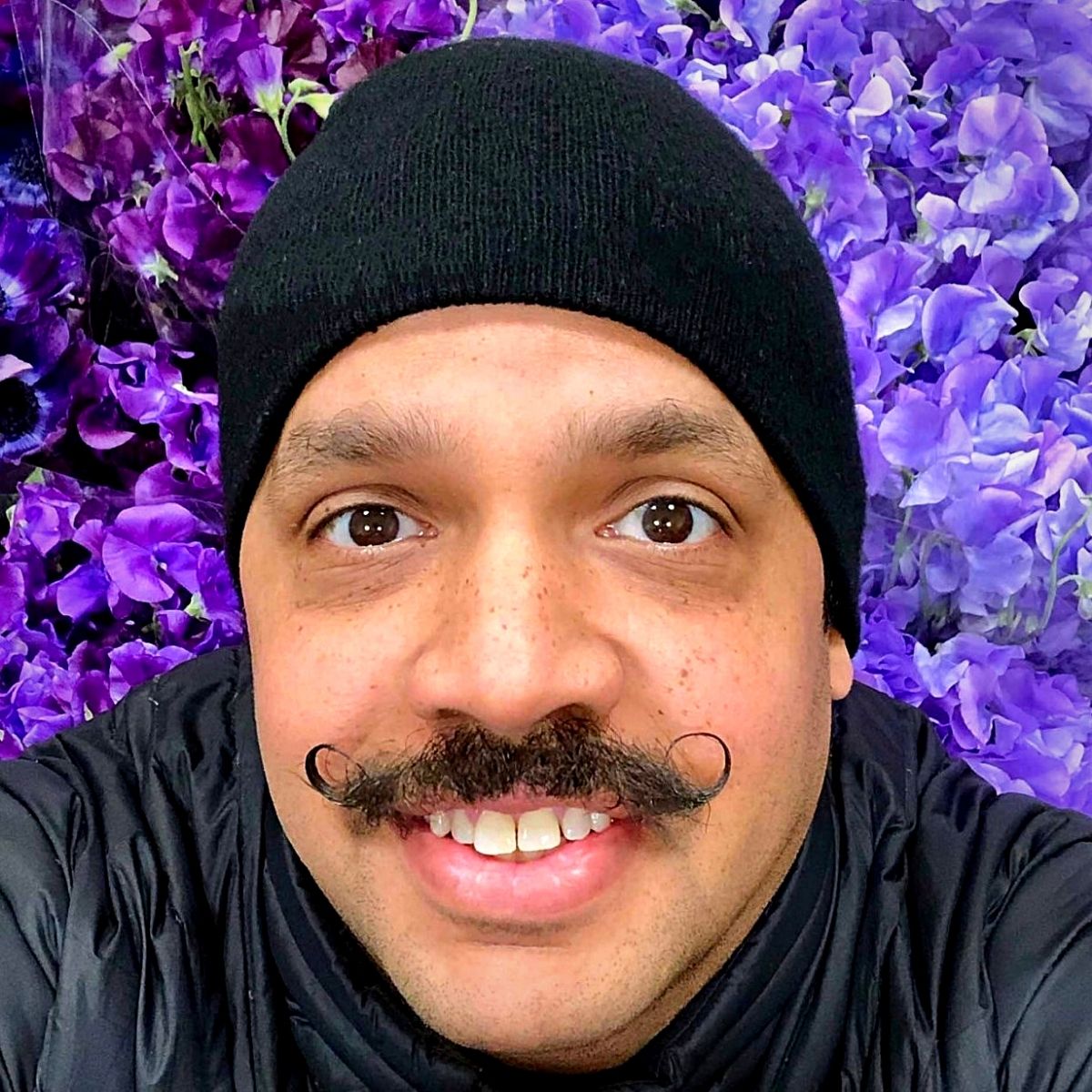
Question 7
How do you handle stress or difficult moments in your life?
"How I handle stress and difficult moments, depends.
Every morning, I make it a ritual to retreat to the roof of my building, where I release my concerns and worries in prayer. Handing over all my issues and fears to my higher power allows me to leave them behind. Despite the difficulty, especially when faced with challenges like my wife's failing eyesight or my kids' issues that are beyond my control, I find solace in entrusting them to a higher force.
Throughout the day, I make a conscious effort to express gratitude for all the positive aspects of my life. This practice helps me shift my focus away from worries, allowing me to concentrate on the day ahead and my tasks. Additionally, I adopt the perspective of treating each day as if it were my last, savoring the smallest moments of joy.
Whether it's the warmth of a hot shower, the comforting taste of morning tea, or appreciating the vibrant display of flowers in the district and observing how people interact with them, this mindfulness adds a profound sense of appreciation to my daily life."
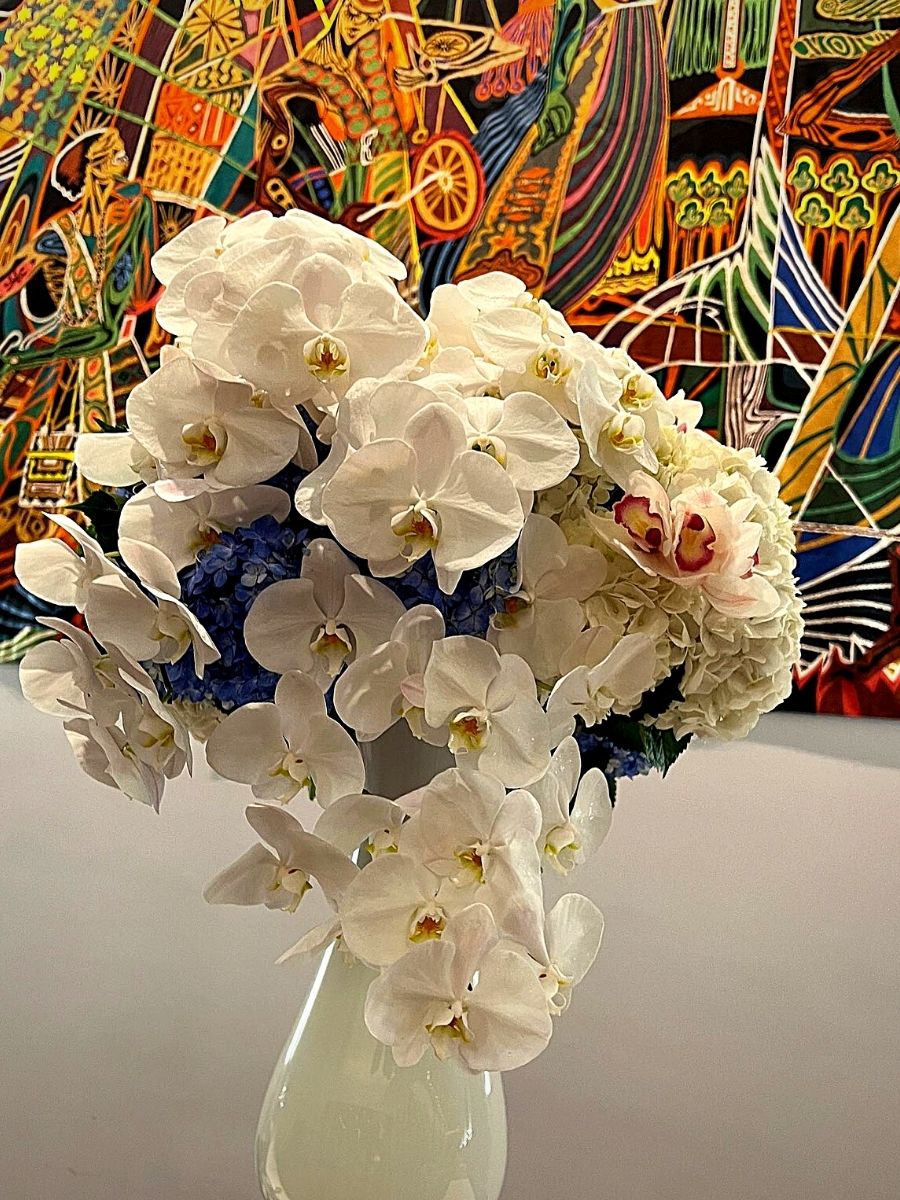
Question 8
What has been the best (floral or non-floral) news for you lately, or of the last year?
"Receiving recognition for the museum's feature in the community's newspaper, Chelsea News, and the florist review site was undoubtedly great news. However, the most gratifying aspect is realizing that my efforts are making a tangible impact. Serving my fellow community members through this project has proven to be the most rewarding endeavor I've ever undertaken.
The richness comes not just from the recognition but from the joy of giving, serving, and providing a platform for others. It's an incredibly enriching experience that goes beyond any form of personal acknowledgment."
Question 9
Which is your favorite flower and why?
"Cattleya orchids, to me, are the most beautiful flowers I’ve seen. I love the translucent petals and how they glow in the sunlight. I also love the gentle scent they have."
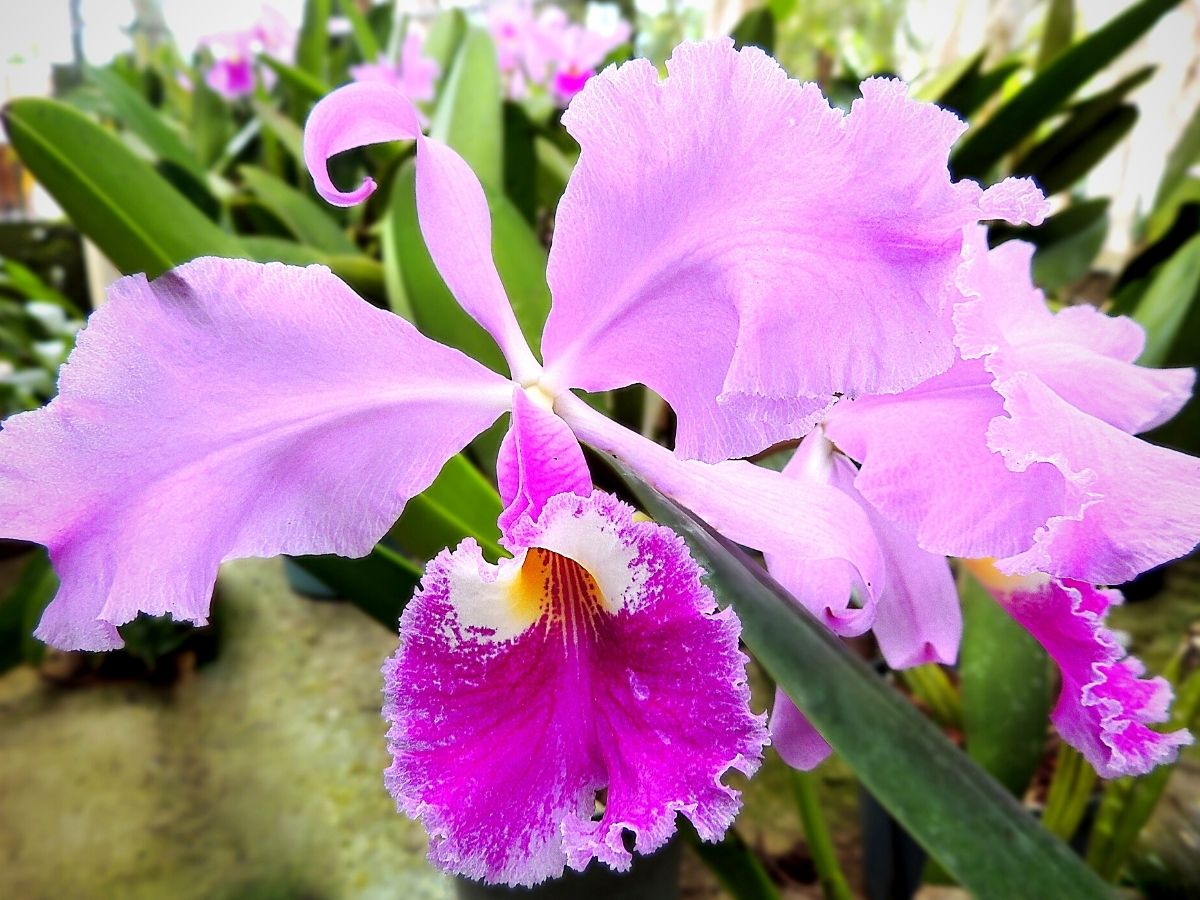
Photo by jacobix80
Question 10
What are you doing this weekend?
"One of the activities my family and I cherish is embarking on summer road trips to explore the various parks in the region, immersing ourselves in the tactile experience of hiking. There's a unique joy in traversing the woods, witnessing small streams, rivers, moss-covered stones, and delicate flowers lining the riverbanks.
In the city, particularly walking through Central Park after church, is another favorite pastime with my family. Moreover, I indulge in a solo activity of walking from midtown Manhattan to Battery Park. It feels like a journey through time, a kind of time machine transporting me to the past.
The architectural marvels, some standing for almost 150 years, tell stories of the city's history. Broadway, once a trail crafted by Native Americans, adds a layer of historical richness to the experience. Understanding the area's history makes each step an enriching moment. I've been strolling down Broadway for a good 35 years, and it never ceases to captivate me with its historical tapestry."
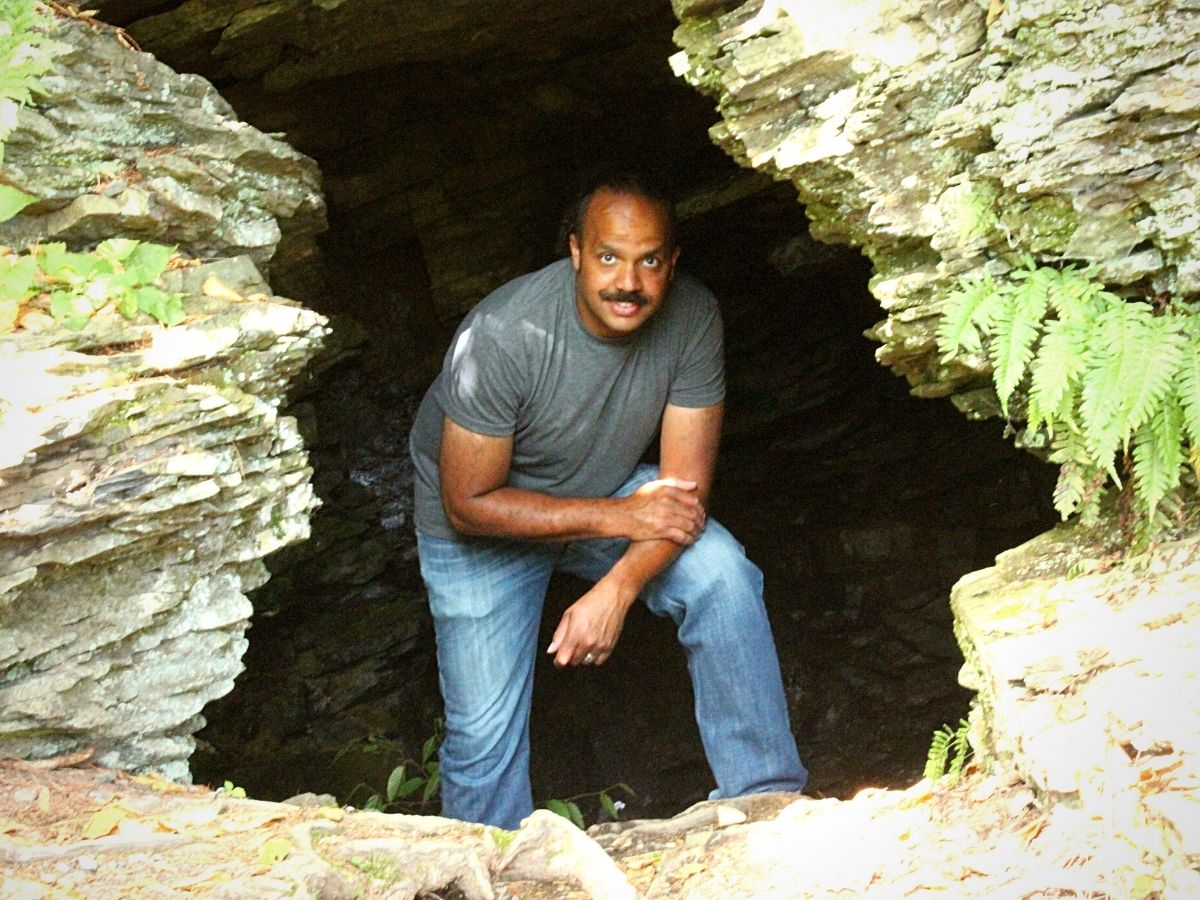
So, there you have it; an edition of 10 Questions that featured one of the most prominent florists from New York City. You, definitely, now know more about James François-Pijuan through this segment that highlights the lives of key figures in the global flower scene.
Stay tuned for our next personality in the subsequent edition to learn more!
Photos courtesy of James François-Pijuan.

